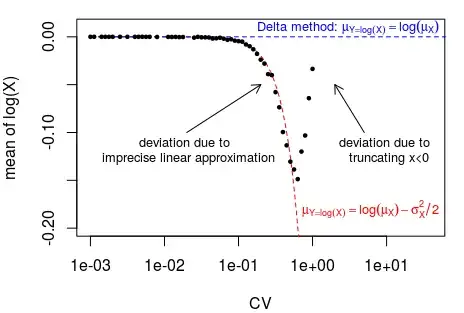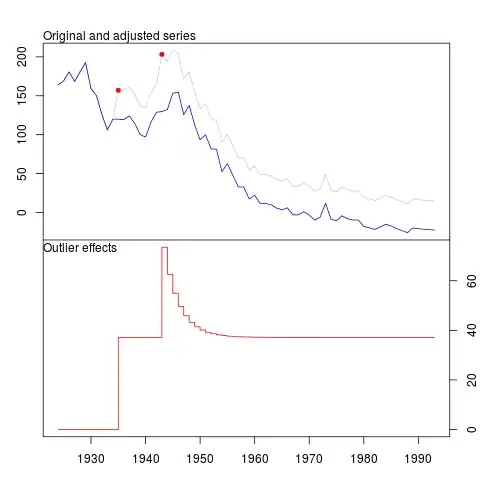You're correct that the "empirical rule" that you've presented isn't sufficient to answer the question, because the interval $(50, 55]$ isn't illustrated on the diagram.
But the empirical rule is just a more specific statement about a very general fact about CDFs. For every distribution, cumulative distribution function is defined as $F_X(x) = \mathbb{P}(X \le x)$. If you want to know the probability that a sample is in an interval $(a,b]$, then you can use the difference of CDFs: $$\mathbb{P}(X \in (a,b])=F_X(b) - F_X(a).$$ This fact is important because it's true for any probability distribution, for any interval. In the special case that $F_X$ is a standard normal CDF, then we can show that the empirical rule that you've presented just reproduces this identity.
For $\mu=50, \sigma=10$, we have $$\mathbb{P}(X \in (50,55])\approx 0.1914625 = p$$
In a random sample of 100 values, all we know for sure is that the number of values $Y$ in the interval $(50, 55]$ can be 0, 1, 2, ... or 100. But not all of these cases have the same probability. Assuming that the data are drawn independently from this normal distribution, then we know that
$$Y \sim \text{Binom}(100, p)$$
and this distribution looks like this.

On average, there will be $100p\approx 19.14625$ samples in $(50,55]$.

